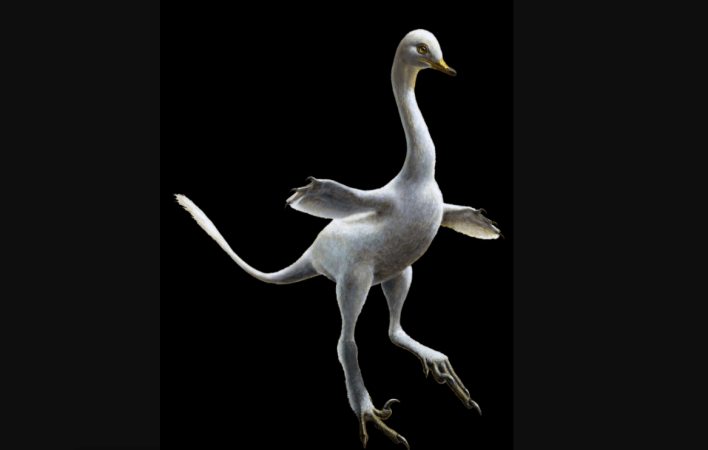

During the early Jurassic Period, some 200 million years ago, the only large herbivores in many ecosystems were long-necked dinosaurs called sauropodomorphs. These reptiles were the forerunners of the gargantuan sauropods, the group that included Brachiosaurus and Brontosaurus.
A well-populated breeding ground in southern Patagonia hints at one reason early sauropodomorphs were so successful: They knew how to stick together. When scientists analyzed the eggs and skeletal remains of juveniles and adults of a species known as Mussaurus patagonicus, they found that the fossils were segregated by age, suggesting that the dinosaurs raised their young as a community.
The 193-million-year-old site represents the earliest evidence of herd-living in dinosaurs, the team reported on October 21 in Scientific Reports.
“People have known for a long time that the more advanced dinosaurs, the ones that lived in the late Jurassic and Cretaceous, especially the large sauropods…moved and lived in herds,” says Jahandar Ramezani, a geochronologist at MIT and coauthor of the findings. “But the question has always been, when did this behavior start?”
The species that he and his colleagues investigated was originally discovered in Argentina’s Laguna Colorada Formation in the 1970’s. In recent years, the team has excavated dozens more Mussaurus specimens of all ages from the site. The youngsters appear to have walked on four legs before becoming bipedal as they matured. The largest adult specimen would have reached an estimated 1504.8 kilograms (about 1.7 tons) in size.
In total, the researchers examined more than 100 eggs and 80 Mussaurus skeletons from an area of about 1 square kilometer (about 0.39 square miles). The team used x-ray imaging to peer inside the eggs and confirm the embryos’ identities. To determine the juvenile dinosaurs’ ages, the researchers counted the annual growth rings visible in fine slices of leg bone under the microscope.
The fossils were found close together, in three levels within an area of reddish-brown siltstone that appears to have been a shared breeding ground, Ramezani says. He and his colleagues observed that many of the fossils were grouped by age, including several nests with clusters of eight to 30 eggs, a collection of 11 juveniles that were the same size and appeared to have died and been buried together, and adults alone or in pairs.
[Related: This Australian behemoth is officially the largest dinosaur on the continent]
“This age segregation is basically key; it tells us that this is not something like a simple family structure, being parents and juveniles together,” Ramezani says. “These are colonies of a lot of dinosaurs that are basically taking care of the young [and] the eggs together.”
The sediments found amongst the fossils indicate that the site was located near a short-lived lake, he says. The researchers speculate that the dinosaurs might have died after a long drought, then been rapidly buried in windblown dust.
Mixed in with this dust there was also some volcanic ash, which contains minute zircon crystals. These crystals have high levels of uranium that over time decays into lead. By analyzing the amounts of both elements in the crystals, Ramezani and his team were able to calculate the age of the sediments the dinosaurs were buried in. They found that the site was 193 million years old, pushing back the earliest recorded herding behavior in dinosaurs by at least 40 million years.
However, it’s likely that dinosaurs began gathering in herds to forage and care for young together even before Mussaurus appeared on the scene. This strategy may have enabled sauropodomorphs and possibly other early dinosaurs to thrive and eventually dominate ancient ecosystems, Ramezani says.
In fact, paleontologists have reported nesting colonies of other early sauropodomorphs from China and South Africa that appear to have lived around the same time.
“They have some ideas based on the rocks what the approximate ages would be, but they don’t have the exact ages,” Ramezani says. “We definitely need more information, better [estimates of] ages, to be able to put these pieces of the puzzle together and complete the picture of this social behavior.”















